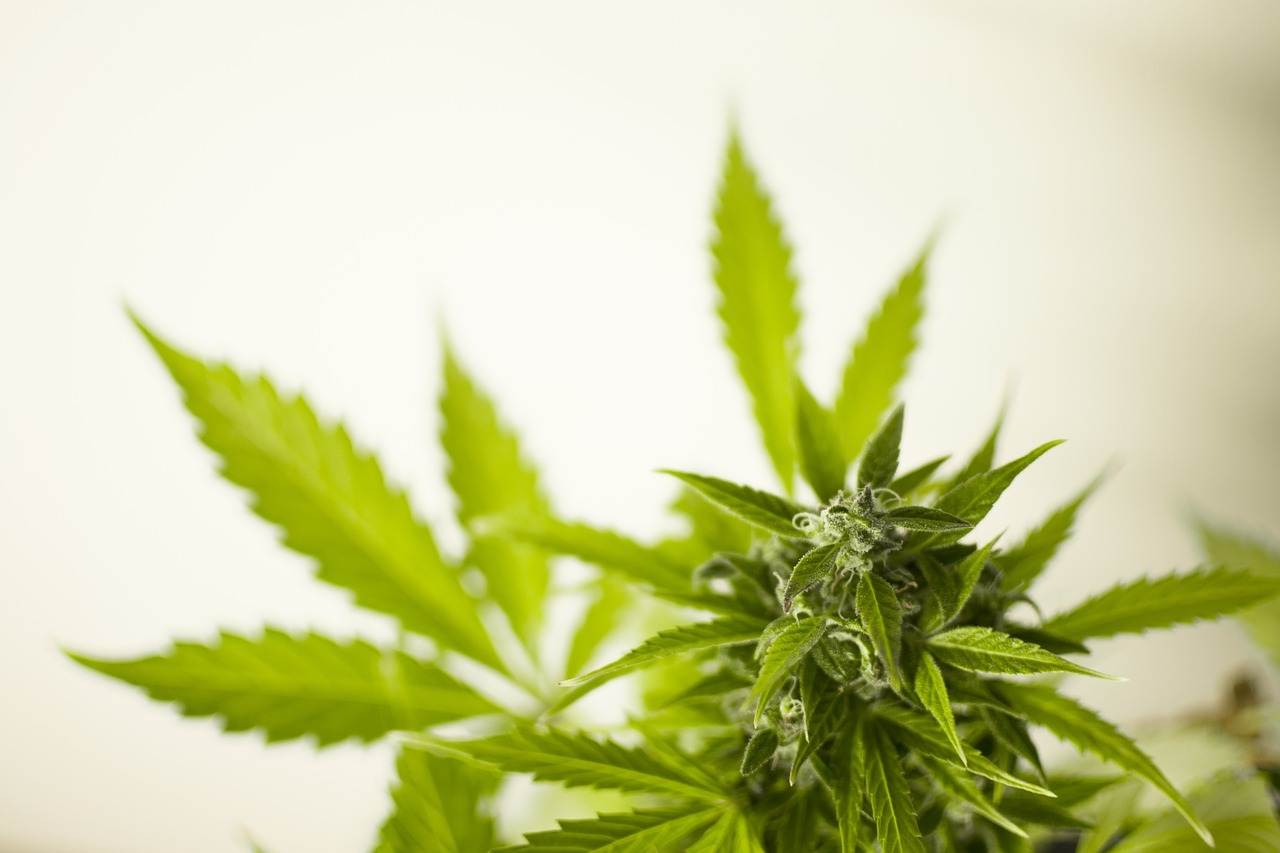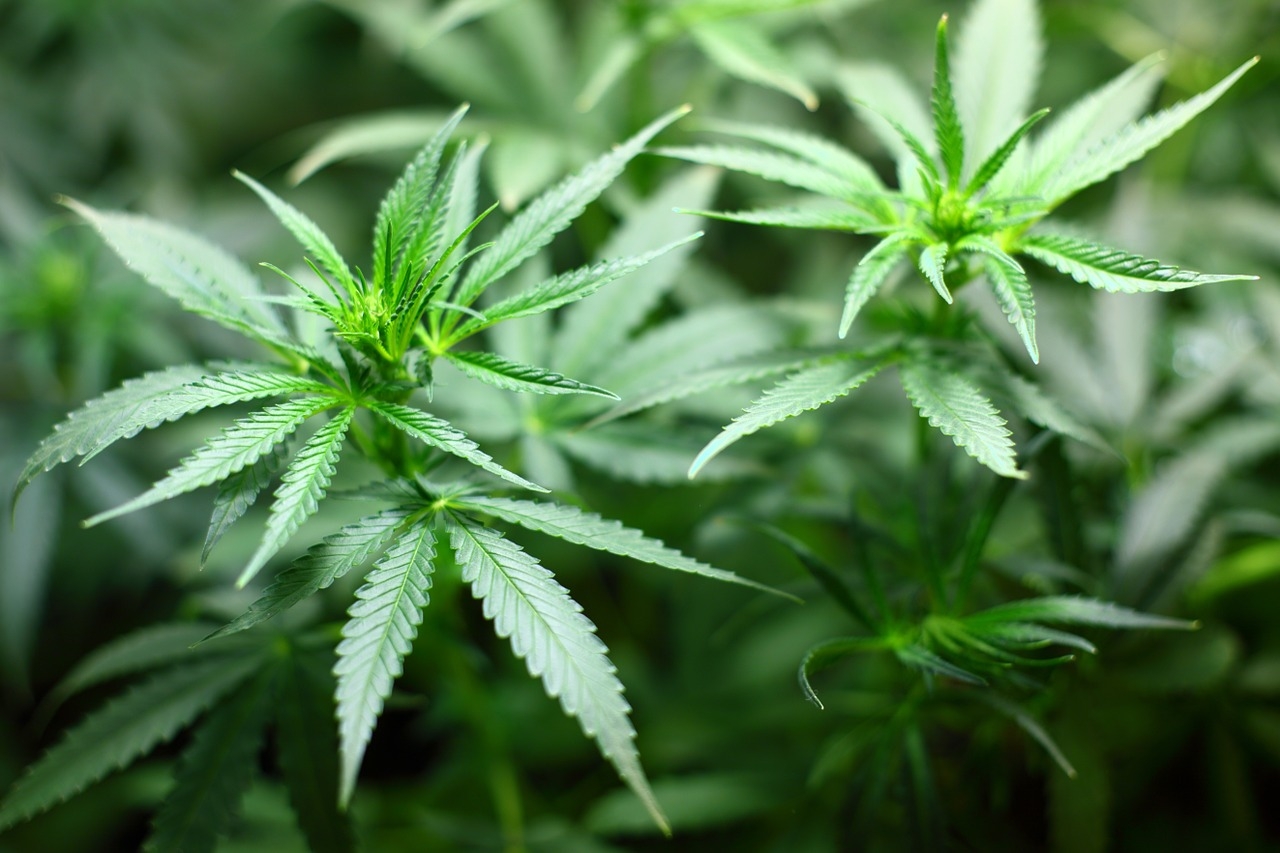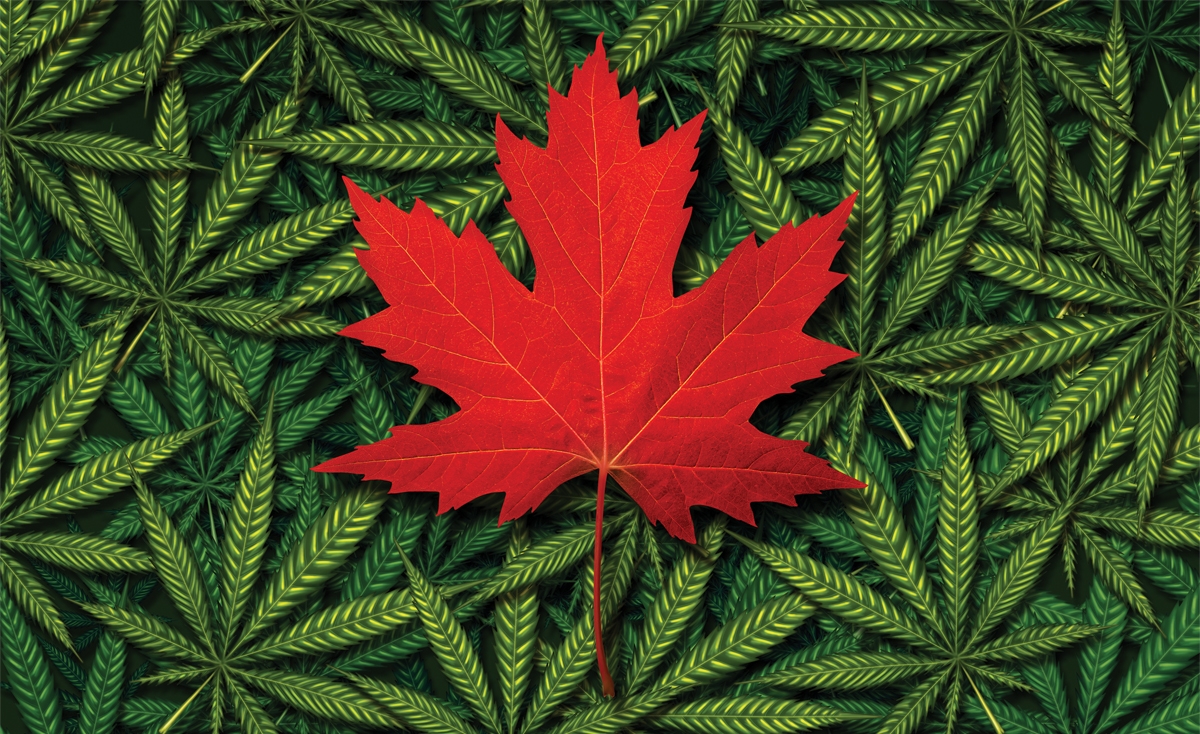
When Your Prescription is Pot: The ABC’s of Cannabis
From hospice rooms to backyard parties, cannabis use is familiar to Canadians.
For years, the cannabis plant has attracted a variety of public attitudes.
Even though medical marijuana has been legal since 2001, many are still in the dark as to how it works, why it’s beneficial and whether it’s different from what gets passed around at parties. With recreational cannabis legal now, we’re breaking down what you need to know about the plant, its uses and what it does to those who use it.
Plants of the cannabis genus contain two compounds that are key to understanding marijuana: cannabidiol (CBD) and tetrahydrocannabinol (THC). These compounds interact with the body’s endocannabinoid system in similar ways but have very different effects.
THC produces a high or sense of euphoria and is the sought-after compound for recreational drug users.
CBD is a non-psychoactive compound, meaning it doesn’t produce the same feeling.
Although both compounds have similar medical benefits and can provide relief from many of the same complaints, many patients prefer to use CBD and skip the psychoactive side effects, if therapy is all that they’re interested in. According to this cbdMD review, CBD is non-psychoactive and even counteracts the effects of THC.
So where do THC and CBD come from?
There are both male and female cannabis plants, and to those who use them, the difference matters. Only female plants grow buds or flowers with enough THC to produce a ‘high’ when consumed. CBD on the other hand, appears in both male and female plants. Since the male plant (sometimes called ‘hemp’) is useless for growers of psychoactive cannabis, it is more often associated with CBD.
Now on to your endocannabinoid system and how cannabis interacts with it.
Both CBD and THC have the same atomic content; they both have 30 hydrogen atoms, 21 carbon atoms, and two oxygen atoms. The THC and CBD molecules appear in two different atomic arrangements, however, which is why they affect your body in two different ways.
Your endocannabinoid system extends throughout both your central and peripheral nervous system. Like everything in the human body, the system is infuriatingly complex, but in general it’s made up of naturally occurring cannabinoids and cannabinoid receptors. Receptors send signals to the rest of the body depending on the cannabinoids they’re interacting with.
The whole system regulates pain-sensation, memory, appetite, mood, immune system and sleep.
The two main types of receptors in your body’s endocannabinoid system are CB1 and CB2, which signal the brain and immune system respectively.
As you might be able to guess, THC (the psychoactive compound) interacts with the CB1 receptor which then affects your brain. CBD not only interacts with CB2, but also dampens THC’s ability to interact with CB1.
This means when you consume both compounds at once, you probably won’t feel ‘high’ because CBD can stop THC from working. When the CB2 receptor interacts with CBD it can help alleviate symptoms for those who suffer from seizures, chronic pain, anxiety, arthritis, insomnia, depression and even MS.
The medical benefits of THC and CBD are numerous. Cannabis is not an FDA-approved medicine, but it has been found to relieve and help manage a wide range of symptoms. Alongside the ‘high’ that it produces, THC can also help to manage pain, insomnia, anxiety, low appetite, nausea, muscle spasms and glaucoma. CBD is often used to relieve the symptoms of seizures and epilepsy, pain, anxiety, nausea, depression, migraines, mental disorders and inflammation.
There are side effects related to THC and CBD.
Our bodies can tolerate even large doses of CBD with relative ease. Some 2017 research done by the World Health Organization seems to show that any negative CBD side effects most likely stem from the compound’s interaction with other medication you might be taking.
THC, however, has short-term side effects. Alongside the well-known signs of dry mouth and red eyes, consuming THC often causes your heart rate to speed up, problems with bodily coordination, slower reaction time and memory loss.
There is also evidence that shows adolescent cannabis use (specifically THC) can increase your chances of later developing psychotic disorders like schizophrenia.
A study published in Human Molecular Genetics last year showed adolescent THC exposure is risky for those genetically susceptible to developing schizophrenia. More research is being carried out all the time, but as more and more places legalize cannabis, concern about THC’s long-term effect mounts.
There are still many unanswered questions about cannabis and its uses: can it be used as an exit drug instead of a gateway drug as we’ve understood it to be for so long? What other compounds does it contain that could be of use to us?
The more we know about this notorious, intriguing plant, the better we can make use of it, regulate it and enjoy it.












